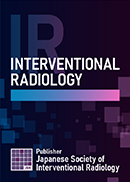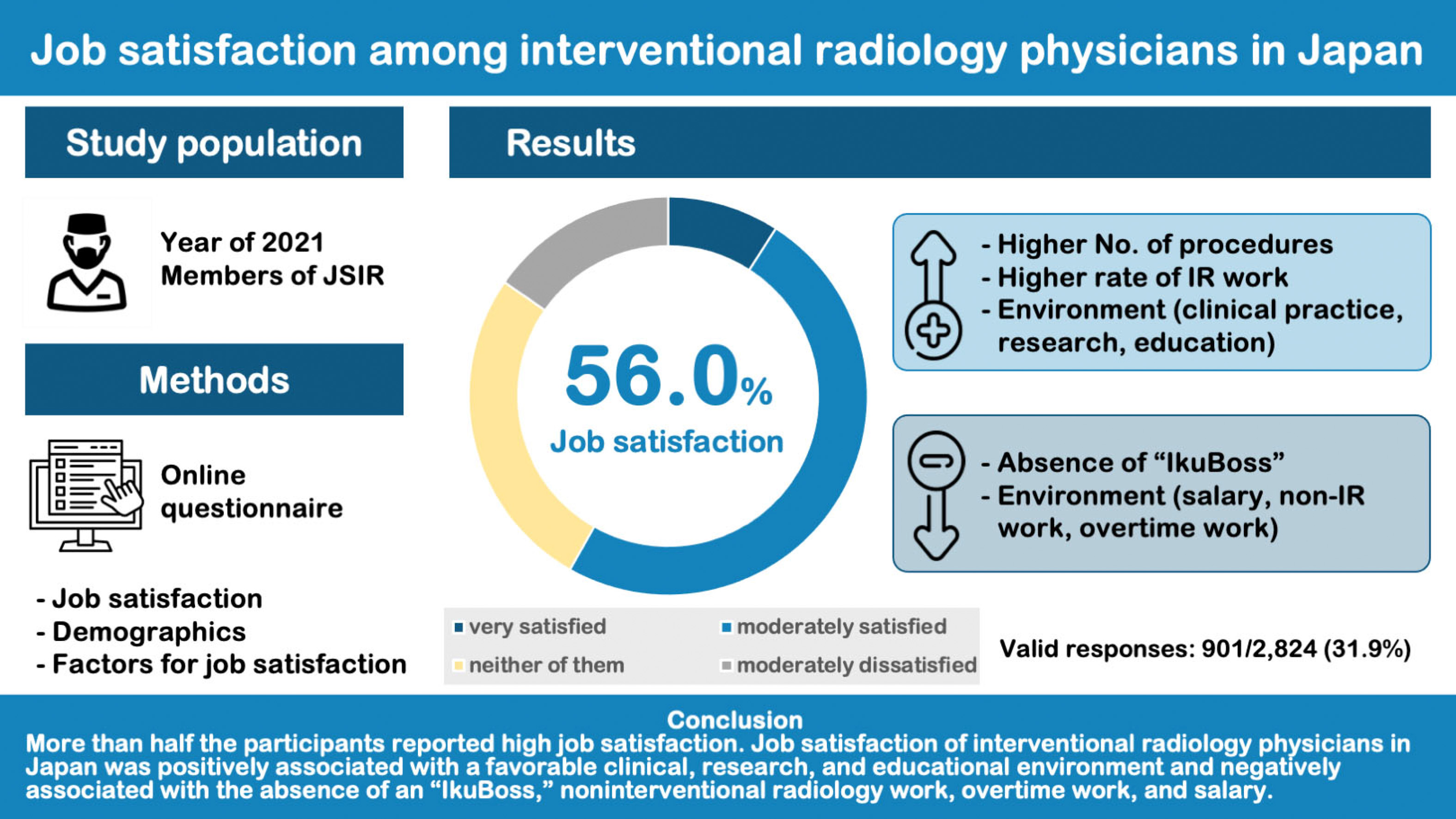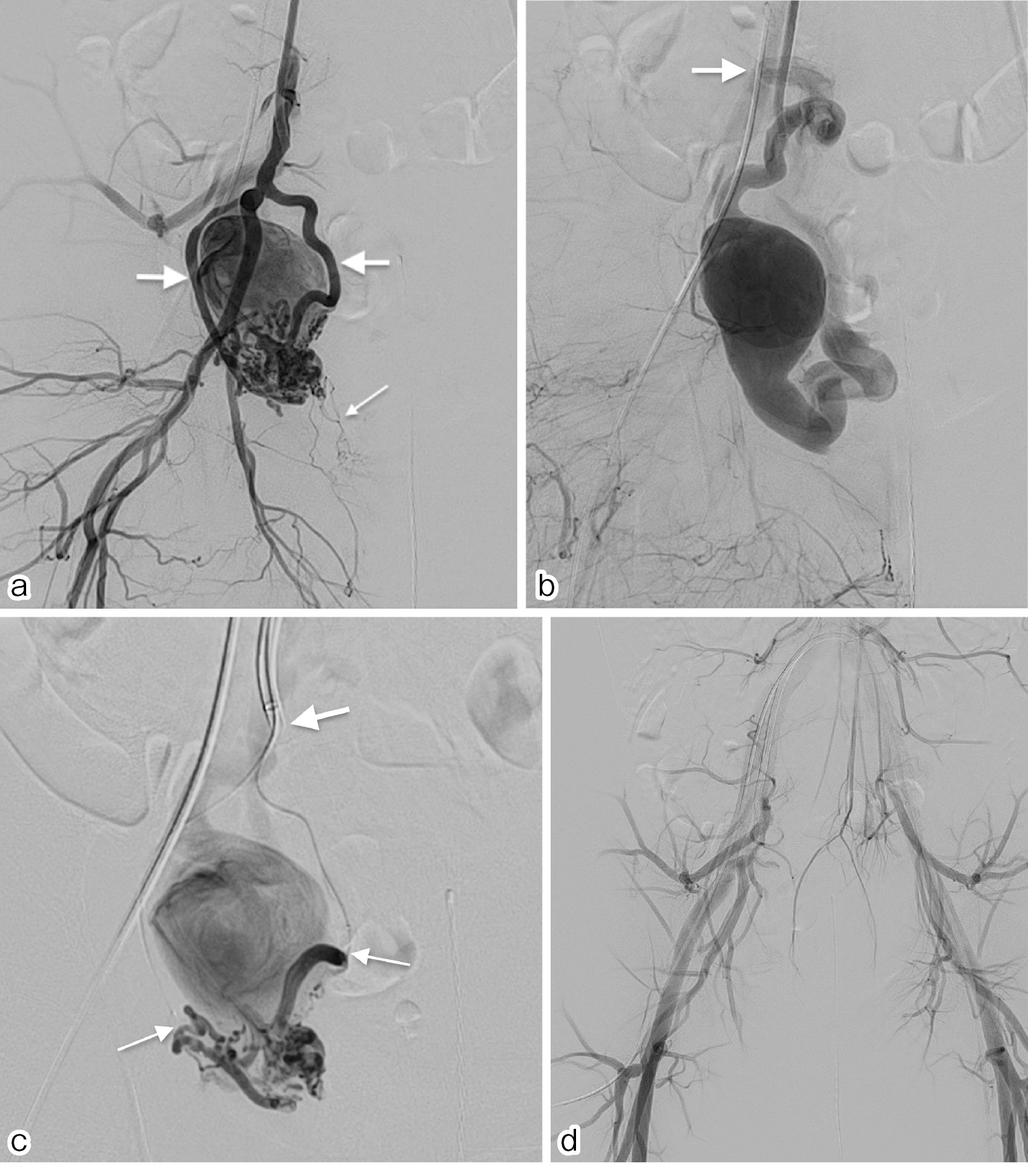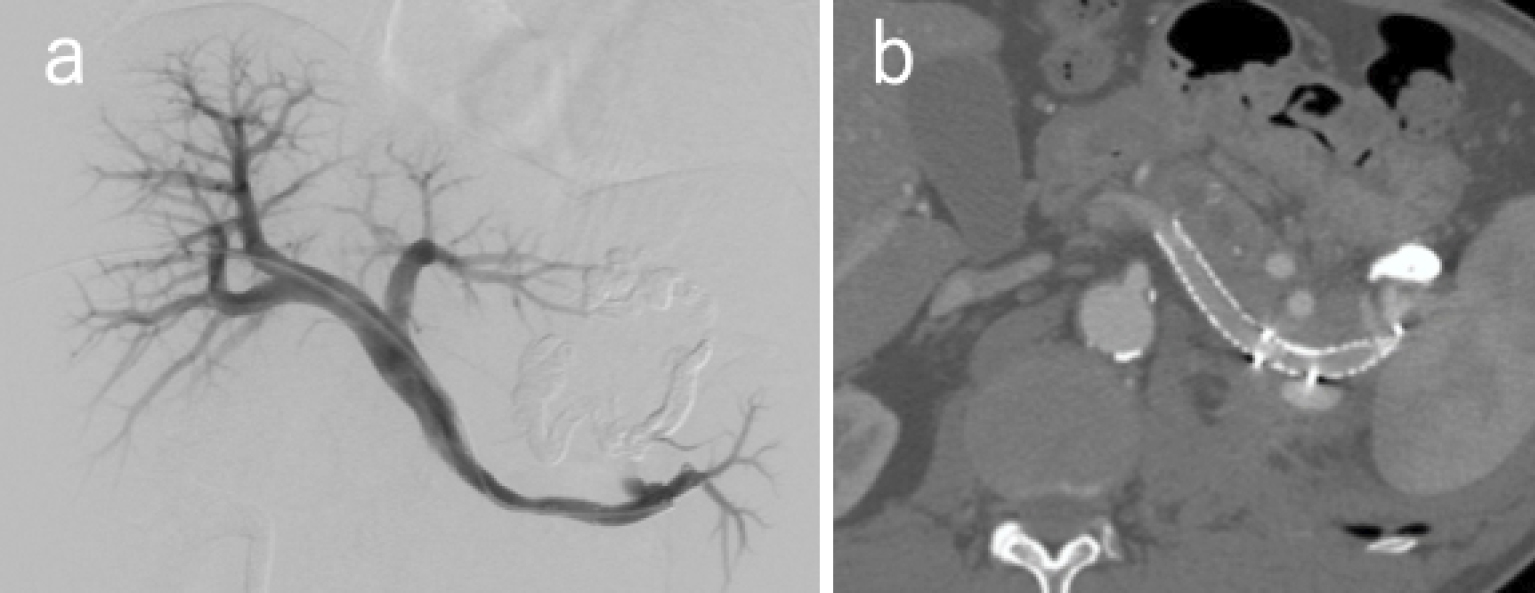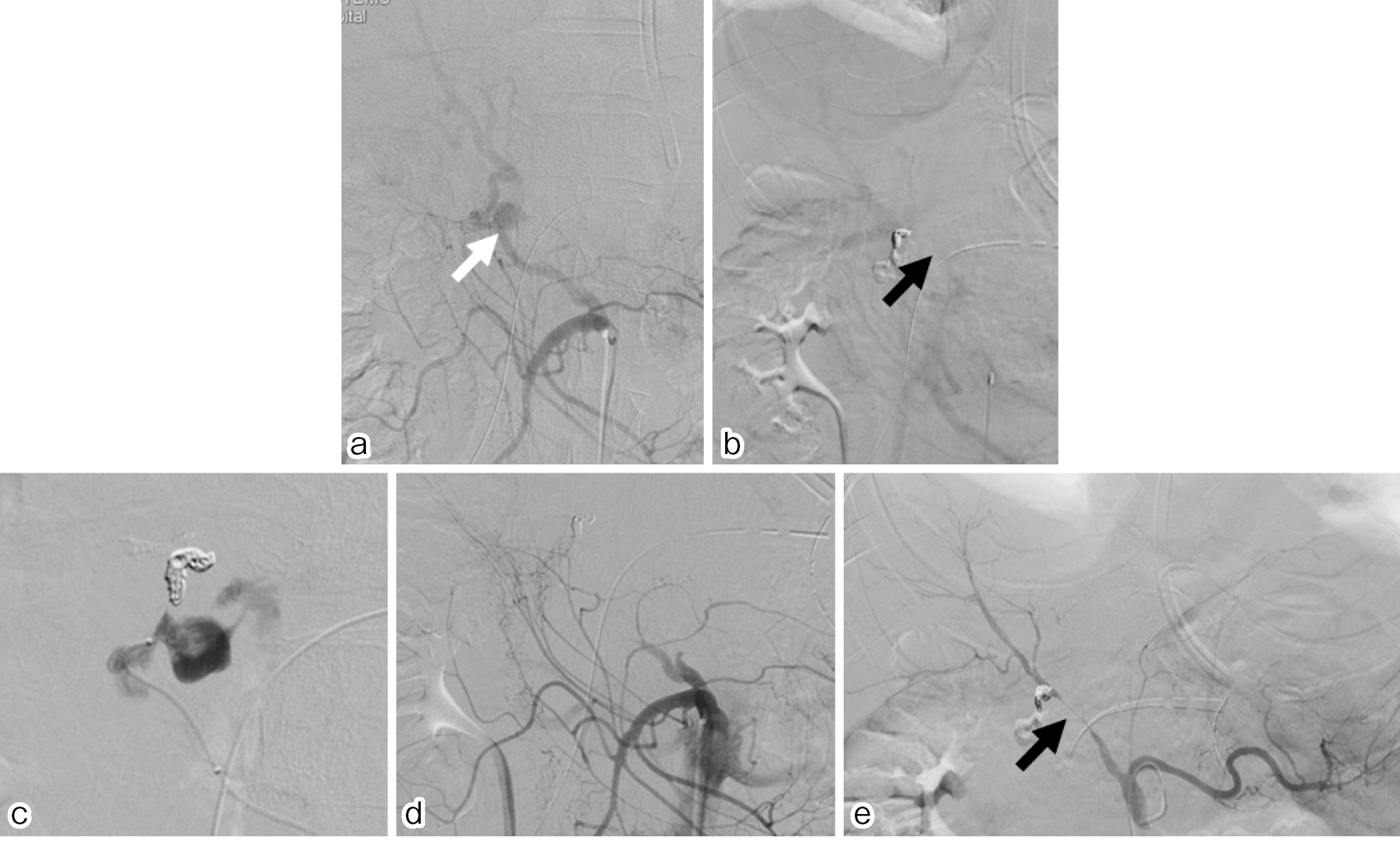Current issue
Displaying 1-7 of 7 articles from this issue
- |<
- <
- 1
- >
- >|
Review
-
Article type: REVIEW
2024 Volume 9 Issue 1 Pages 1-12
Published: March 01, 2024
Released on J-STAGE: March 01, 2024
Advance online publication: February 08, 2024Download PDF (1544K)
Original Research
-
Article type: ORIGINAL RESEARCH
2024 Volume 9 Issue 1 Pages 13-19
Published: March 01, 2024
Released on J-STAGE: March 01, 2024
Advance online publication: February 08, 2024Download PDF (147K)
Case Report
-
Article type: CASE REPORT
2024 Volume 9 Issue 1 Pages 20-25
Published: March 01, 2024
Released on J-STAGE: March 01, 2024
Advance online publication: February 08, 2024Download PDF (600K) -
Article type: CASE REPORT
2024 Volume 9 Issue 1 Pages 26-30
Published: March 01, 2024
Released on J-STAGE: March 01, 2024
Advance online publication: February 08, 2024Download PDF (858K) -
Article type: CASE REPORT
2024 Volume 9 Issue 1 Pages 31-35
Published: March 01, 2024
Released on J-STAGE: March 01, 2024
Advance online publication: December 14, 2023Download PDF (492K) -
Article type: CASE REPORT
2024 Volume 9 Issue 1 Pages 36-40
Published: March 01, 2024
Released on J-STAGE: March 01, 2024
Download PDF (1537K)
Guideline
-
Article type: GUIDELINE
2024 Volume 9 Issue 1 Pages 41-48
Published: March 01, 2024
Released on J-STAGE: March 01, 2024
Download PDF (127K)
- |<
- <
- 1
- >
- >|
